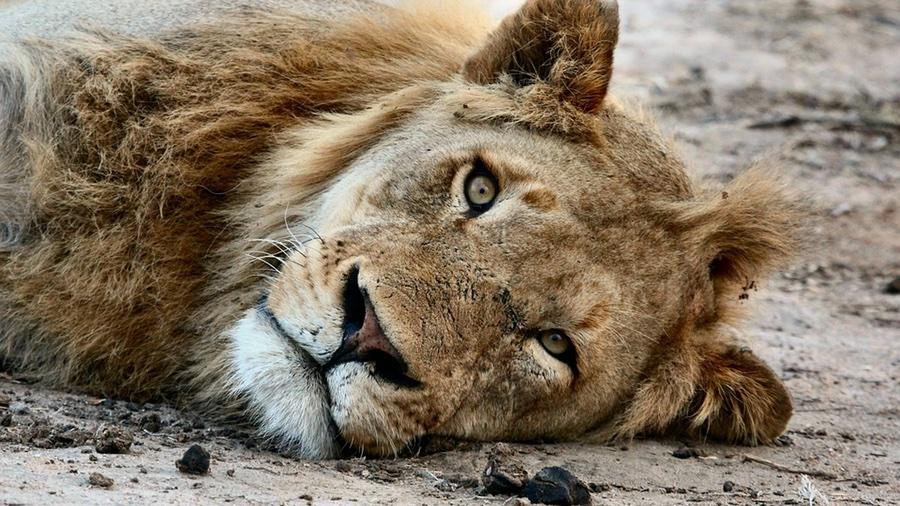The owners of a big cat breeding farm that supplies lions for tourists to pet and for hunters to shoot are facing animal cruelty charges in South Africa.
Pictures of the farm show lion cubs without fur, suffering from mange.


The owners of a big cat breeding farm that supplies lions for tourists to pet and for hunters to shoot are facing animal cruelty charges in South Africa.
Pictures of the farm show lion cubs without fur, suffering from mange.